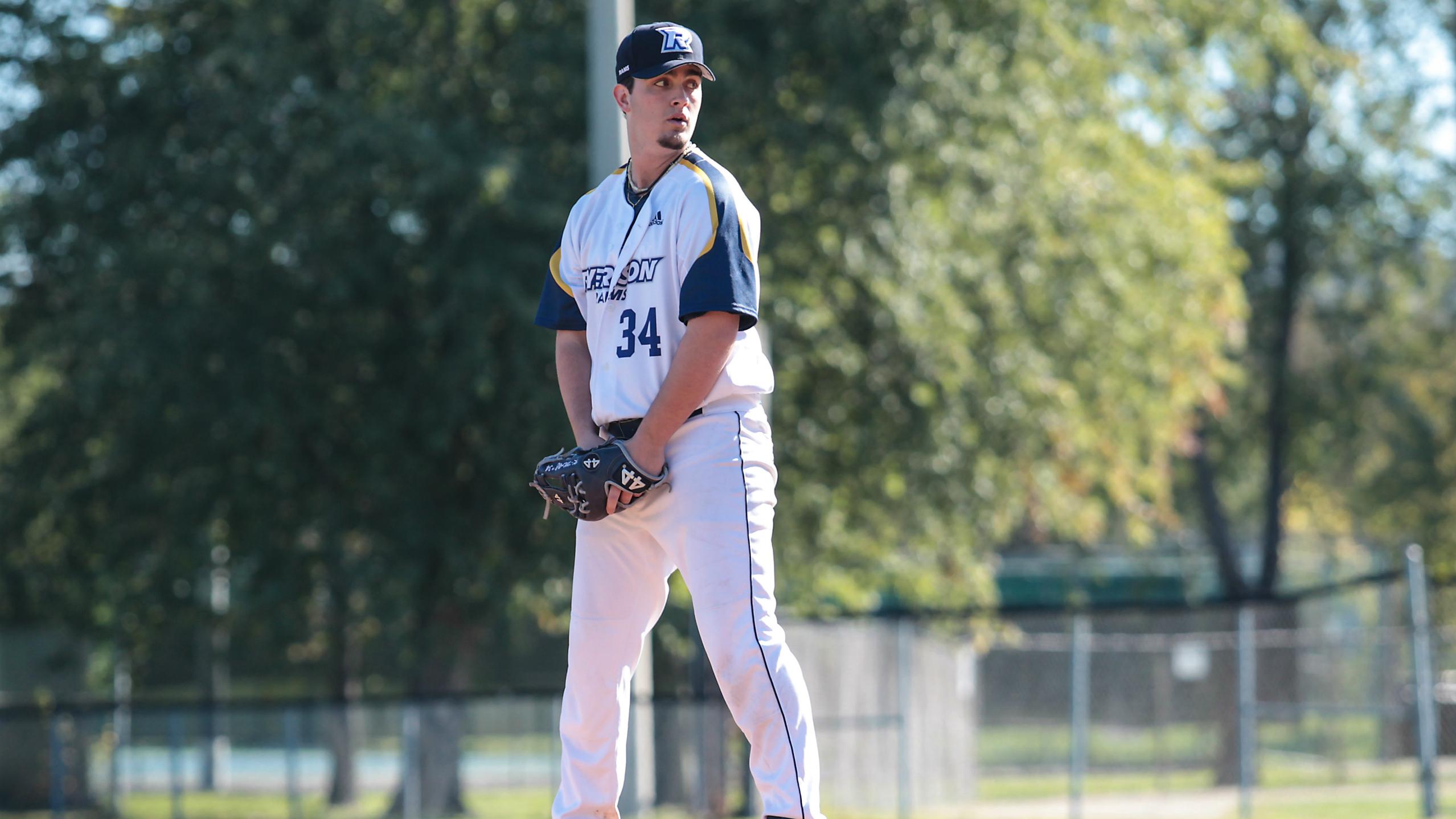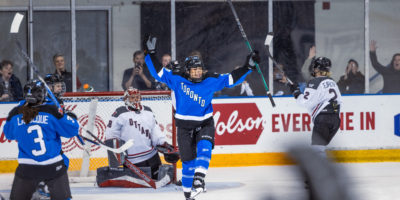By Matt Vocino
Ten months ago, Doug Ford and the Progressive Conservative party took over provincial parliament, and from the beginning set their sights on cutting the province’s budget.
Since winning the election, the Conservatives have introduced a sweeping new healthcare reform to save money, have cut funding for children with autism and have made many changes to the Ontario Student Assistance Program (OSAP).
Beginning this coming September, OSAP will be removing the six-month interest-free grace period, the family income threshold will be lowered, making it harder for students to be eligible for the program, all while cutting tuition by 10 per cent across the board.
While the decision will certainly affect everyday students, many of whom have already voiced their displeasure with the changes on Twitter, university athletic programs may also face challenges in recruiting athletes because of the changes.
According to U SPORTS and Ontario University Athletics (OUA) regulations, universities across the province have the ability to offer athletes with up to $4,500 in athletic scholarships a year. However, they cannot offer full-rides, which is allowed in the United States.
With tuition costing an average of $6,500 in 2017-18, not including room, board and transportation costs amounting to several thousands, athletes still require a large amount of financial capital to attend university.
In most cases, students turn to OSAP and part-time jobs to cover the costs associated with university, and recent data collected by the Canadian University Survey Consortium in 2016 suggests that 54 per cent of second and third-year students are currently employed, working about 17 hours a week, while about 30 per cent of first years are employed.
While this is certainly an opportunity for some, most athletes do not have the time to find employment to make up the remaining costs.
This means that when the OSAP changes come into effect next school year and many more students begin to seek part-time employment to make ends meet, athletes will still not be able to, increasing the amount of debt they owe. Even with athletic scholarships, the OSAP reforms will likely impact athletes.
“I think OSAP will make it harder for athletes to go to schools further away if the scholarship is only a partial one,” said former Ryerson Rams men’s baseball player Kevin MacDonald, who will be graduating this May. “They might start staying closer to schools close to home to cut down on costs.”
Furthermore, the OUA is already hindered by providing less financial assistance than schools out west and east.
While the OUA requires athletes to maintain an 80 per cent average or higher to be eligible for a maximum scholarship of $4,500, many schools will cover full tuition and compulsory fees and have slightly lower academic requirements.
“We are behind the eight ball when it comes to recruiting,” said Rams men’s hockey goaltender Taylor Dupuis. “This will only make things harder for Ontario schools to recruit top end players as the other leagues might be more appealing to those who need the assistance.
“Especially being in Toronto, many of us rely on financial aid to cover the costs of living and/or tuition and everything else that comes with living downtown so recruiting will absolutely be affected by the OSAP cuts.”
While MacDonald and Dupuis certainly think the OSAP cuts will impact recruitment, Ryerson Athletics isn’t quite sure.
“The OSAP cut has not affected the department’s allotment to Athletic Financial Assistance (AFA) awards, so our ability to provide money to potential incoming students has not changed,” said Ryerson’s Athletics department.
More commonly known as an athletic scholarship, an AFA is based on athletic talent and is administered by the university the student athlete is planning to attend, according to the OUA.
“The only real change is the impact that the potential student has on their own ability to afford to attend university. We are still competing against other OUA schools for potential students, as we always have.”
“It is still early in the recruiting process, so to date, none of the coaches have identified the OSAP changes as an issue,” said Ryerson Athletics Director Jeff Giles.
“Going forward, we will continue to address financial issues of potential recruits on an individual basis and provide whatever assistance we can working with other areas of the university.”
Evidently, there are certainly mixed opinions on how the OSAP cuts will impact athlete recruitment, but the truth of the matter is, financials play a huge role in deciding where an athlete will play next.











kwok pun chan
or get a higher paying part time Job ?
https://www.thestar.com/politics/provincial/2019/04/03/doug-fords-corner-store-beer-consultant-to-make-1000-a-day.html